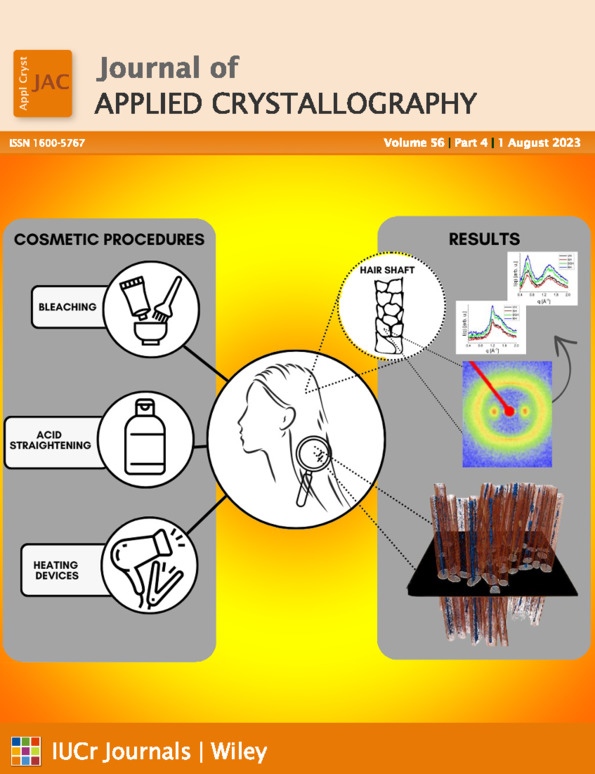Design of multi-shell nested fully annular quasi-ellipsoidal focusing mirrors for small-angle neutron scattering
Abstract
The neutron flux is a crucial factor for neutron scattering measurements, especially for compact sources. Among various neutron optics, grazing-incidence focusing mirrors have been developed to give a significant increase in the neutron flux on a sample owing to their great potential for collecting neutrons in small-angle neutron scattering (SANS) instruments. Focusing mirrors with a supermirror coating can be nested to collect a neutron beam with large divergence. Nested conical integrated assembly technology is employed to manufacture nested focusing mirrors. This study describes the design of ten-shell nested fully annular quasi-ellipsoidal focusing mirrors with an m = 3 Ni/Ti supermirror coating to produce enough neutrons on a sample under the premise of satisfying the specified minimum wavevector transfer Q. For fully annular focusing mirrors, the neutron current received by a sample from the entire annular focusing neutron beam is more relevant. A ray-tracing method and current gain calculation are used to evaluate the performance of the designed mirrors. The ray-tracing result shows that the ideal resolution of quasi-ellipsoidal mirrors with four-segment conical approximation is 1.354 mm. As the source radius decreases from 20 mm, the neutron current with the designed focusing mirrors can be enhanced by a factor of 13 to over 100 compared with that without focusing mirrors in the same detected area. The effective collecting area is 186 cm2 when the source radius is the optimal 15 mm. An 83-fold current gain can be obtained for cold neutrons. The proposed mirrors can reach 90.7 and 87.3% of the maximum current of the corresponding optimal mirror structure when the source radii are 10 and 20 mm, respectively. The results demonstrate that the proposed mirrors are adaptable for instruments with changeable sources.




